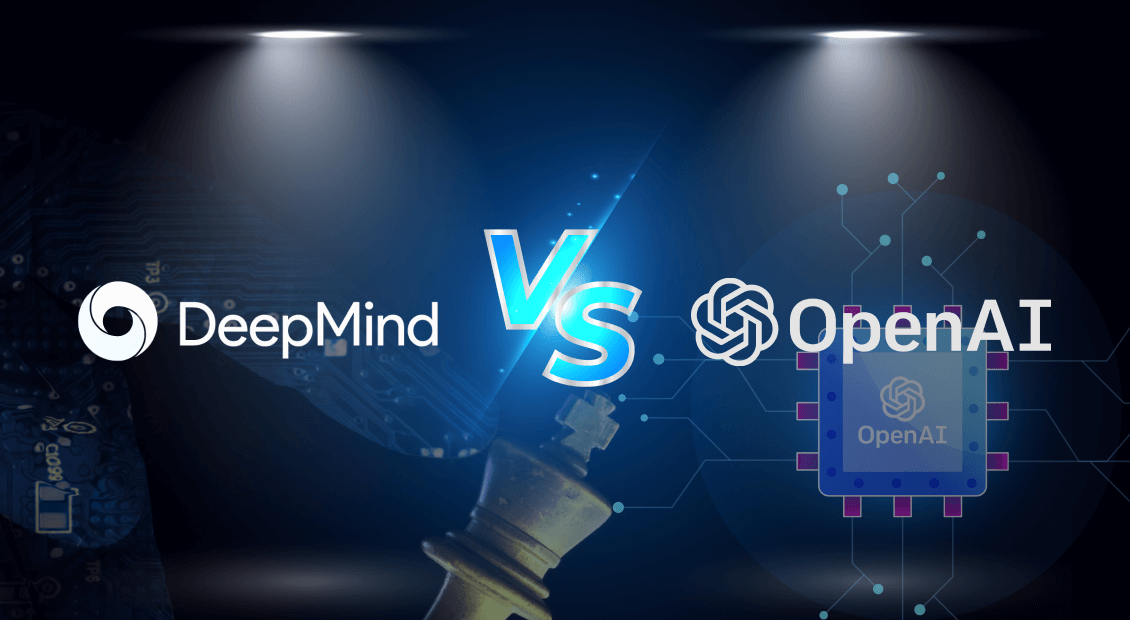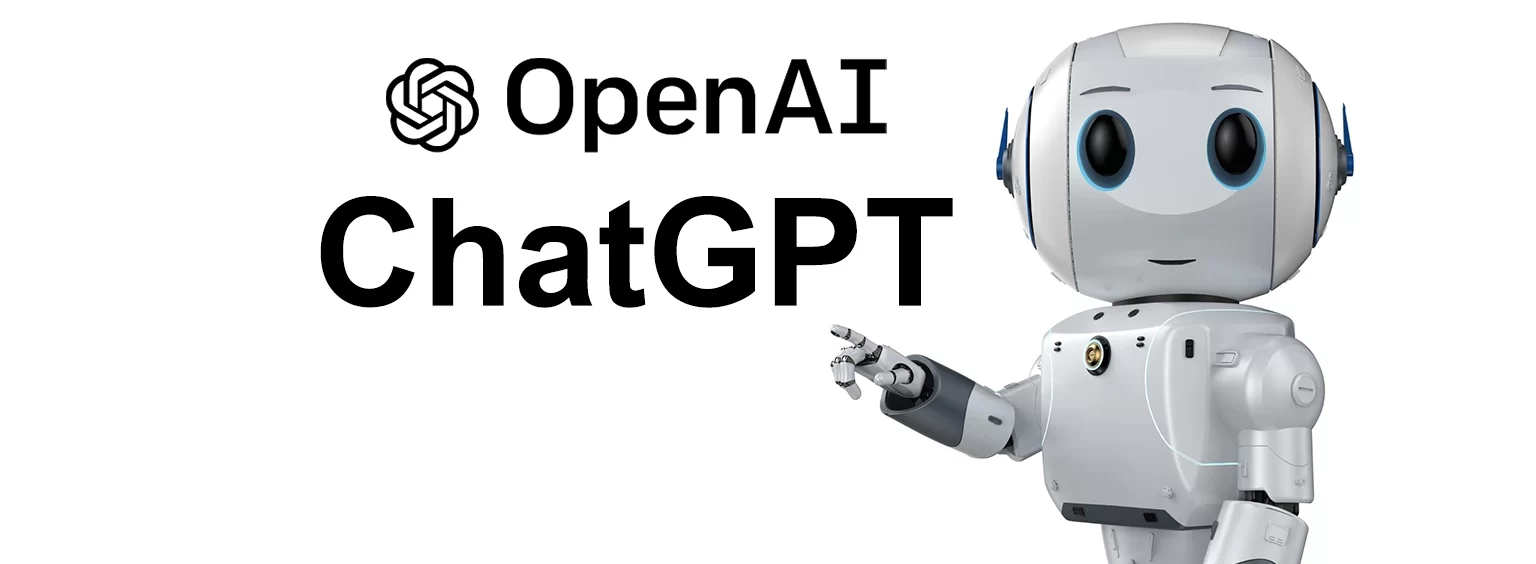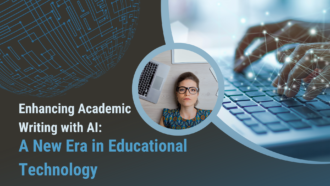OpenAI and DeepMind: Differences to Know
Looks like global AI hype is not going to scale down. We see giant corporations and small businesses trying to capitalize on AI algorithms. And we see people leveraging new tools that competing companies offer to draw their audience’s attention.It’s everywhere. Whether it is an image-producing app, an artificial voice-over, or a free essay generator — there’s no way you can ignore AI technology anymore. And you know what they say: “If you can’t defeat it, embrace it.”
If you look around popular media and even consider how android app development services among other sorts of companies are looking at developments in the AI world – there is a lot to look forward to.
Capitalize on the opportunity and learn how companies like OpenAI and DeepMind are progressing and researching to create better experiences for entire societies.
In this article – we will talk about the differences between OpenAI and DeepMind. We will look at both respective tools in detail. Let’s start.
The introduction of GPT-3
The latest GPT-3 model introduced by OpenAI has taken the technological landscape by storm, and we are only seeing gradual reactions. The future is unprecedented and there is a lot to note down and acknowledge. Every Custom Software Development Company involved in the ecosystem is researching and keeping updated with how far OpenAI is progressing with their signature model.
GPT-3 is machine encoded and has the ability to generate flawless code, write any kind of content, and act as a Google search engine for you. A personal Siri as we would like to call it. GPT-3 by OpenAI is developing every day and adapting to new changes as engineers and developers continue to work on the architecture.
GPT-3 understands more than just the syntax when it comes to code. We are talking about inside-out knowledge of Python, CSS, Javascript, and many other high-level languages. For a coder, GPT-3 can help them automate their workflow and be more productive.
And in terms of text – OpenAI currently has 175 billion ML parameters designed to interpret knowledge and generate entire pieces with a human touch. The accuracy and the level of realness attached are truly surprising, and we will see how writers leverage the tool to better their craft.
What GPT-3 can be used for:
- Content strategy
- Idea generation
- Translation
- Coding
- Any text formation
We definitely do not recommend you to completely rely on GPT-3 for any kind of product development but using it as a helpful hand and letting it become part of the workflow would make everything seamless and less complicated.
The hype around DeepMind Gato
Now, DeepMind is a dedicated artificial intelligence company that has been in the ecosystem for quite some time now – looking over all kinds of developments and using Big Data to figure out the ultimate tool. DeepMind has a core vision that aligns with serving humanity in a better way, by empowering them with efficient tools and curating an intelligent society altogether.
DeepMind Gato is the signature AI model responsible for performing all kinds of tasks to improve the productivity of the consumer, and making things simpler basically. Unlike GPT-3, Gato is more concerned with automating physical objects like making a robot move or being part of an IoT (Internet of Things) ecosystem.
Also, Gato helps make better video games with AI-generated movements and mechanics. Publications refer to Gato as a generating agent. You input a prompt and then based on AI and computation abilities – the results can range from anything.
In the gaming world, DeepMind is playing a better role than OpenAI and is a huge catalyst when it comes to creating video games with better ML (machine learning) integration and a human-like interface. DeepMind has an edge in terms of technical expertise as well. The company is experienced with AI models far more often than OpenAI.
AlphaGo for instance was a project by DeepMind that was designed to intimate professional gamers and eventually defeat them by a huge margin – all through the right programming and artificial intelligence.
The model was even the top player in the rankings in 2017. The future for upcoming models by DeepMind is promising. An emerging flutter app development company should note it down and move forward with an elaborate plan.
Both compared
To us, both have different roles, and it is more important to consider the kind of results an individual is looking for before considering either of the two as their default go-to tool. Both are in a development stage right now, and despite the rapid progress – true integration of AGI (artificial general intelligence) is still missing to an extent.
A real estate app development would have to look over how similar the generated content or code looks to actual human input before proceeding with a development journey. As of right now, we suggest you experiment around and use both tools until you’re satisfied and comfortable with either one.
What role does ethics play here?
The implications of using an AI tool for everyday use are going to be extreme and detrimental unless you figure out how to utilize technology in the right way and not exploit it for inappropriate use. GPT-3 and Gato need a lot of cautionary elements that would not allow users to use the tool for racism, or any kind of explicit content.
While there are measures underway and committees are deciding on the legal repercussions of such tools, a lot is still underway. Also, organizations should not completely rely on such tools to replace their employees – more than being ethically wrong – it would lead to dangerous consequences.
Both tools are in an experimental stage and we do not know how policies are going to be governed around them. At least not right now. Wait for a while before you trust AI tools.
The Future of AI
The future is promising and both businesses and consumers should be optimistic about the changes. We do not think that AI would ever completely replace humans and replicate the same intelligence to the highest degree, but nonetheless, such tools will definitely help in automation and making life easier.
To fully trust AI – any technology should include showcasing flawless AGI and delivering a project that does not explicitly feel like it was created by a robot. It will take time but we suggest you keep an eye out for developments.


















